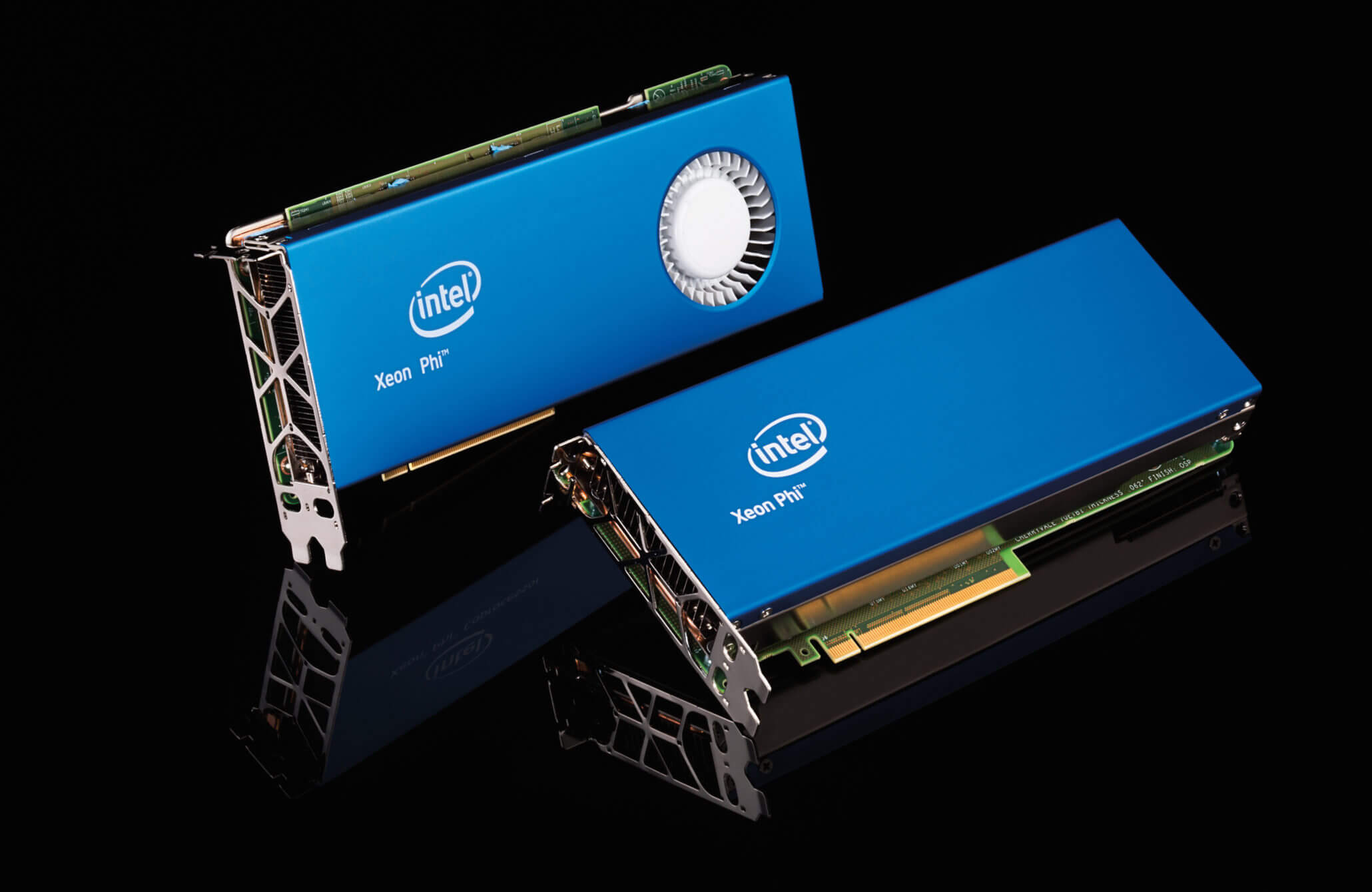At the time of Larrabee's development ATI and Nvidia were both shipping cards with pixel pipelines and vertex sharder cores. Not unified shaders. And while ATI was clearly the first to really deep drive into unified shaders and put them in a consumer product, ATI's R400 was a unified shader design that was scrapped. In its place ATI's R300 tech was quickly scaled up to become the x800 series. The R400 chip would later be upgraded to the R500, which a version of only ever saw use on the xbox 360. Older DX9 games didn't favor the design change, and that was clearly shown when DX10 cards came to market.
It was easy to see that Intel clearly overlooked Unified Shader tech and instead went for an overly complex setup that they would no doubt mess up. Doomed from the start. Their plan may have worked if they built a design from the ground up. The Pentium MMX arch, or P5, was a one time used uarch from intel. Replaced by the leagues better Pentium Pro design, which the core basis of is in the heart of all their future success. They left it for awhile with their netbust experiment, but it lived on in laptops then back onto the desktop with the Core series. Using Pentium MMX as the basis and not a design built for scaling was their down fall.
IMO Intel's New Desktop class cards will not perform better than AMD or Nvidia. But at the same time I don't think they need to. They would be perfect for OEM systems and people looking for cheap lower end cards. But I'd expect their 2nd or 3rd gen to catch up.
